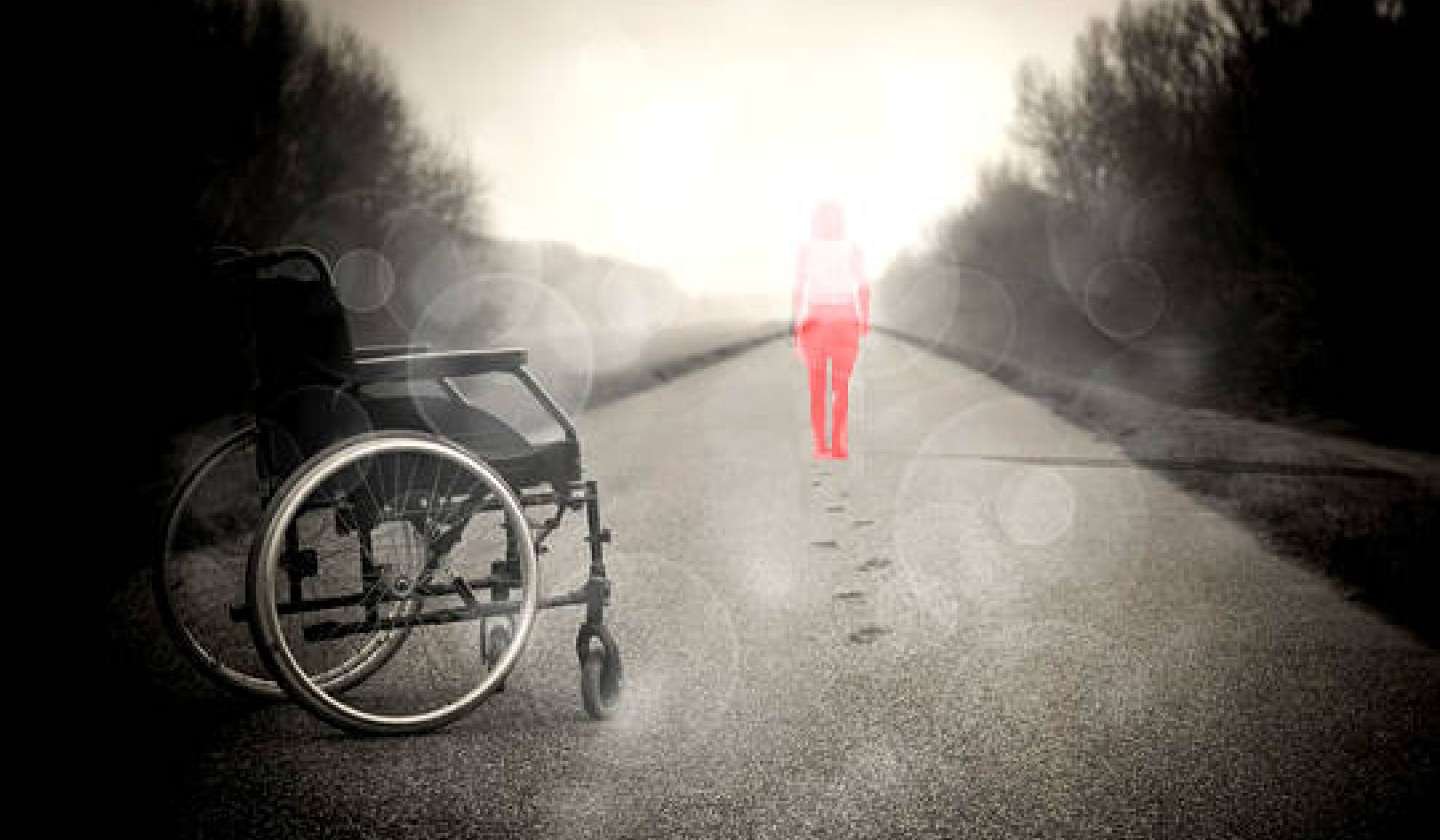
If you work in an open-plan, hot-desking environment, you have probably at some point found yourself trudging through the office, clutching your belongings, in search of a free desk. This feeling of homelessness is an increasing issue in society more broadly – and in the workplace, employees’ well-being is traded in for the company’s bottom line.
These were some of my conclusions after spending three years studying an organisation that moved to a hot-desk environment. Like many companies, it had switched to hot-desking to reduce property costs and enable precious office space to be used flexibly.
In the language of facilities management, an office building can be “crunched” by increasing the staff to desks ratio, and it can be “restacked” as teams and departments are moved around like boxes. But in this bid for cost-cutting, a number of employees are made to feel under-appreciated at best and unwanted at worst.
As an ethnographer, I experienced this first hand by embedding myself within the company. It was when I was traipsing around, carrying my work bag, handbag, umbrella, coat and lunch one day that I suddenly realised: I must look like a bag lady; this is not how high status people have to act.
Proponents of hot-desking say it creates a more dynamic working environment. They espouse that it enhances networking within an organisation, due to all the people you unexpectedly encounter as you move around. Yet the reality seems to be quite different.
Settlers and strangers
Hot-desking tends to affect different employees in different ways. There is often a subtle division between those who can “settle” and reliably occupy the same desk every day, and those who cannot.
Settlers arrive first, choose their preferred desk, and by repeating their choice over time, establish this desk as “their” space. Settlers can secure the best desk space (often near the windows), can furnish their desks with all the materials and equipment needed for work, and can sit near their closest colleagues. These routines are advantageous. Contrary to popular belief, these kinds of habits enable creativity because they enable us to put mundane matters (like finding a seat near to people we know) into the background and direct our attention onto problem-solving and innovation.
Employees who for various reasons (such as childcare responsibilities or part-time status) arrive later in the day don’t have a similar choice of desk space. Because some desks have already been taken, the staff to desks ratio is effectively increased. If you find yourself in this situation, your search for a space, encumbered by your possessions, proclaims your uncertain status. Then, once you have found a free desk, you have to unpack all your work things and set yourself up before you can begin productive work (and then repack it all when you leave) – spending more time every day on low-level subsistence activity.
You will also be sitting regularly alongside relative strangers. It’s not acceptable to introduce yourself, because that would interrupt them. Instead, the normal manner is what sociologist Erving Goffman calls “civil inattention”. This is the practice of signalling to others nearby that you are not available for communication with them, despite your close proximity – it’s the kind of manner most people adopt on a crowded commuter train.
In the workplace, this can feel incredibly isolating. As one of my informants remarked: “Every day could be your first day at work.” It does not indicate readiness for networking and collaboration.
Slippery spaces
This distinction between settlers and wandering hot-deskers has striking parallels with how vagrants move around a city, carefully giving priority to the settled “host” population. The host population can occupy the prime space in the city, which offers comfort and pleasure, and indicates their high status (for instance, shopping, business and entertainment). Vagrants must defer to the hosts, carefully observing when and how they might be permitted to enter the city’s prime spaces, resigned to the fact that they will spend most of their time at the margins.
The analogy shouldn’t be pushed too far: the problems experienced by hot-deskers are, of course, not anything like the awful hardship and marginalisation that homeless people have to cope with. But the analogy helps to show the material and symbolic disadvantages that can come with a lack of ownership of space.
It also points to a wider situation where our ownership and occupation of space is becoming more temporary and tenuous. Many contemporary spaces are designed to be slippery – shopping malls have few benches and are security-patrolled to deter loitering; transport hubs have uncomfortable slanted seats that hurry us along. There are even “smart” park benches that have been designed to tip the sitter off after the time permitted for relaxation has elapsed.
The plight of the hot-desker therefore forms part of a wider social issue where space is designed in a way that allows it to be used intensively by many different people. But in so doing, it may deprive of us of the ability to put down roots with the places and people we encounter every day.![]()
About The Author
Alison Hirst, Director of Postgraduate Research, Anglia Ruskin University
This article was originally published on The Conversation. Read the original article.
Related Books
at InnerSelf Market and Amazon

























